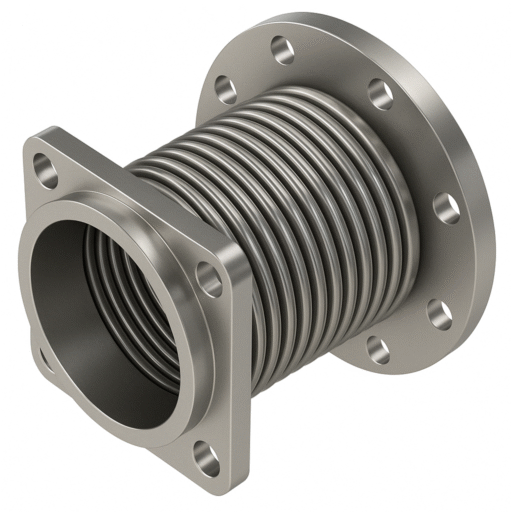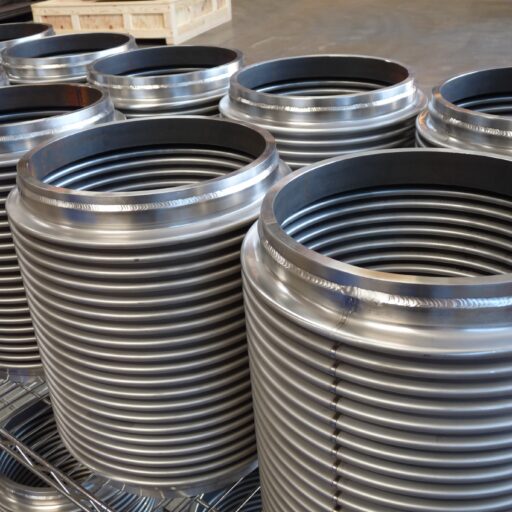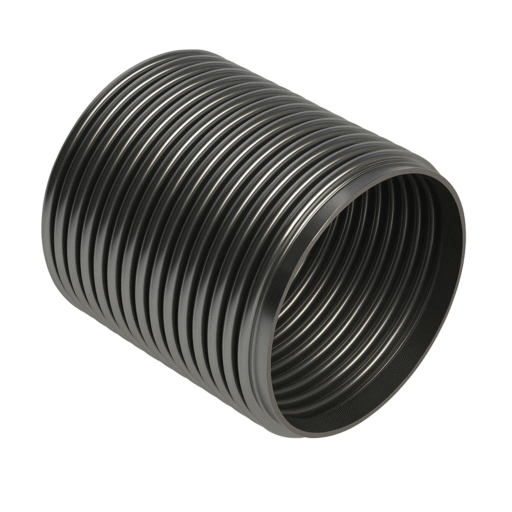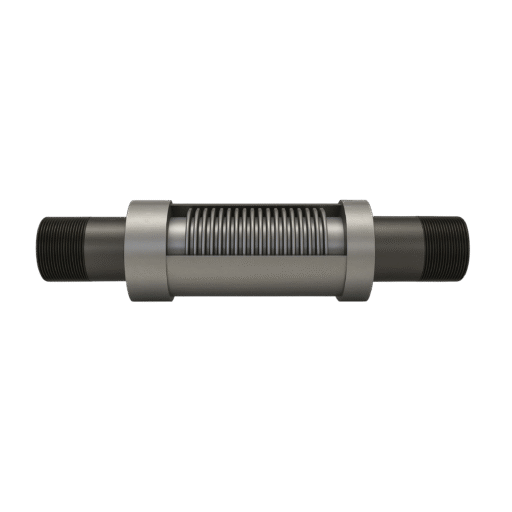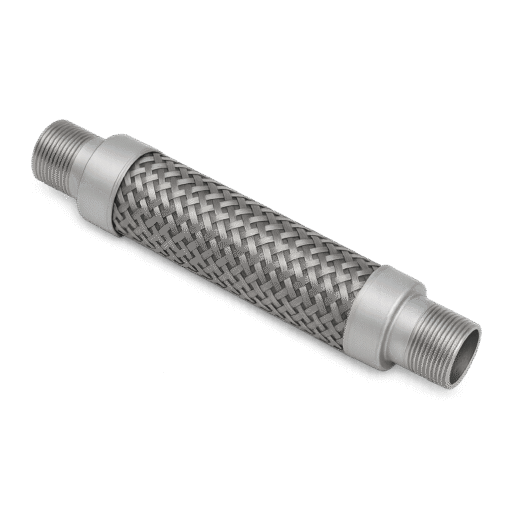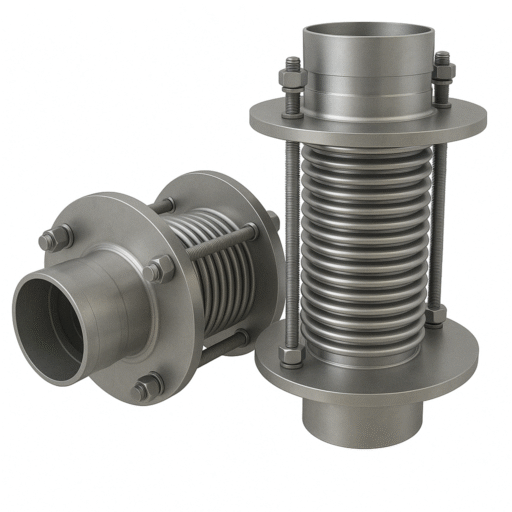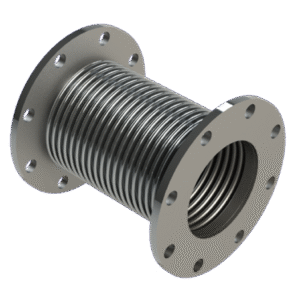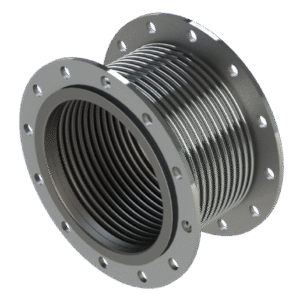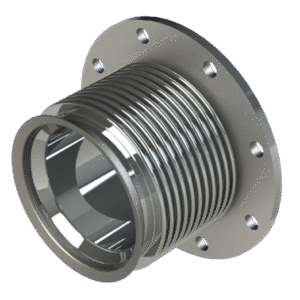[ border_color=”” padding_top=”” padding_right=”” padding_bottom=”” padding_left=”” ][ rule_style=”default” rule_size=”” rule_color=”” font_size=”” fusion_font_family_text_font=”” fusion_font_variant_text_font=”” line_height=”” letter_spacing=”” text_color=”” ]The Expansion Joint Manufacturers Association (EJMA), The Authority on Metal Expansion Joints, has revised the standards in the latest 10th Edition
EJMA Standards are recognized throughout the world as the authority on the proper selection and application of metallic bellows type expansion joints for safe and reliable piping and vessel installation. The Tenth Edition standards combine the knowledge and experience of the leading manufacturers of expansion joints into an invaluable reference document. Triad Bellows designs and manufactures metal bellows and expansion joints to the latest EJMA 10th Edition standards.
What changed in the EJMA 10th Edition?
- The limits for flow velocities which can be tolerated by the bellows without the use of a flow liner have changed. Flow energy and bellows ply interaction is now considered. As the number of plies in a multi-ply bellows increases so does the allowable flow velocity without an internal flow liner. (see table below)
- A new approach was developed for the design of reinforced bellows, resulting in a modified set of equations for some stress components and for the spring rates. The result was that the calculated bending stress due to deflection could be considerably reduced.
- The number of fatigue cycles can now be calculated from the same set of fatigue curves which are relevant for the unreinforced bellows. The bellows fatigue life or cycle life calculations were greatly enhanced and simplified.
- The calculation of universal type Expansion Joints has been simplified by a modified equation for the axial movement per convolution.
- An acceptable radial gap between equalizing/reinforcing rings and the root of convolution/bellows tangent is introduced to section 6
- The 10th Edition has been modified to include English & Metric units of measure. This includes standard conversions in addition to constants used in calculations.
- Tightness of bellows, bands, and rings due to dissimilar material growth rates is considered.
- Bellows pitch and height tolerances were redefined relative to diameter.
- The distinction of thin versus thick bellows has been added.
- Benchmark table inputs and outputs have been revised, with material class and correction factor.
- Single Bellows Axial Vibration Constants were revised.
- Definitions in the Nomenclature section 1.3 have been clarified.
Note: this is not intended to be a comprehensive list of changes and is for reference only.
EJMA 10th Edition Revised Allowable Flow Velocities Without a Flow Liner

